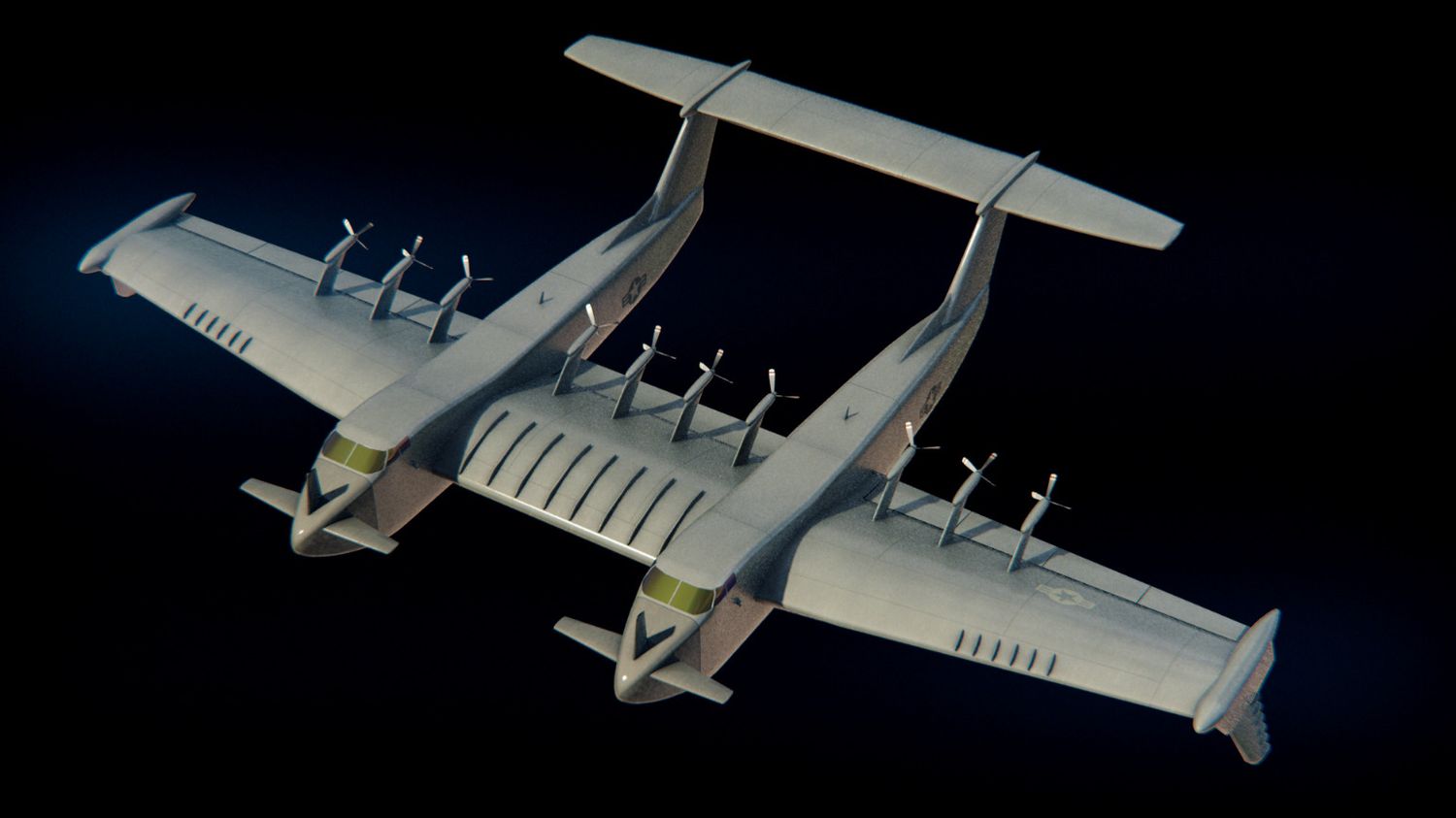Liberty Lifter: DARPA unveils design for a heavy-lift seaplane
The Liberty Lifter program aims to design, build, float and fly an affordable, innovative and disruptive seaplane.
Liberty Lifter shall operate efficiently in ground effect (less than 100 feet above the surface, or 30 meters), be able to maintain flight altitudes of up to 10,000 feet (3,000 meters) above mean sea level (MSL), and enable efficient transport of large payloads at speeds far in excess of existing sea platforms.
According to DARPA, Liberty Lifter will use low-cost ship-like manufacturing to build a highly innovative seaplane capable of meeting U.S. Department of Defense heavy-lift requirements (over 100 tons), and able to operate with runway and port independence
An aircraft such as the Liberty Lifter would enable the rapid and efficiente theater-range transport of large payloads , or their logistics, over long distances and at lower costs than an aircraft and higher speeds than a ship.
This capability could prove critical in mobilizing forces across oceans, and is probably being considered for an eventual confrontation with China, which has a large tactical missile force with the potential to quickly damage U.S. air and naval bases in the Pacific.
Another theater of operations where a seaplane such as the one being developed by DARPA would be of great use is the Arctic, characterized by long distances of inhospitable territory and a lack of adequate logistical infrastructure.
Ground effect
Aircraft that make use of the ground effect create a low-pressure zone above the wings and a high-pressure zone below the wings.
When they are close enough to the ground, the air below them is pressurized against the surface, causing the pressure in that area to increase even more, which in turn leads to increased lift.
This allows the design of aircraft that can carry large amounts of payload over long distances, because the power required to keep them in flight is considerably less than that required by traditional aircraft.


Comentarios
Para comentar, debés estar registrado
Por favor, iniciá sesión